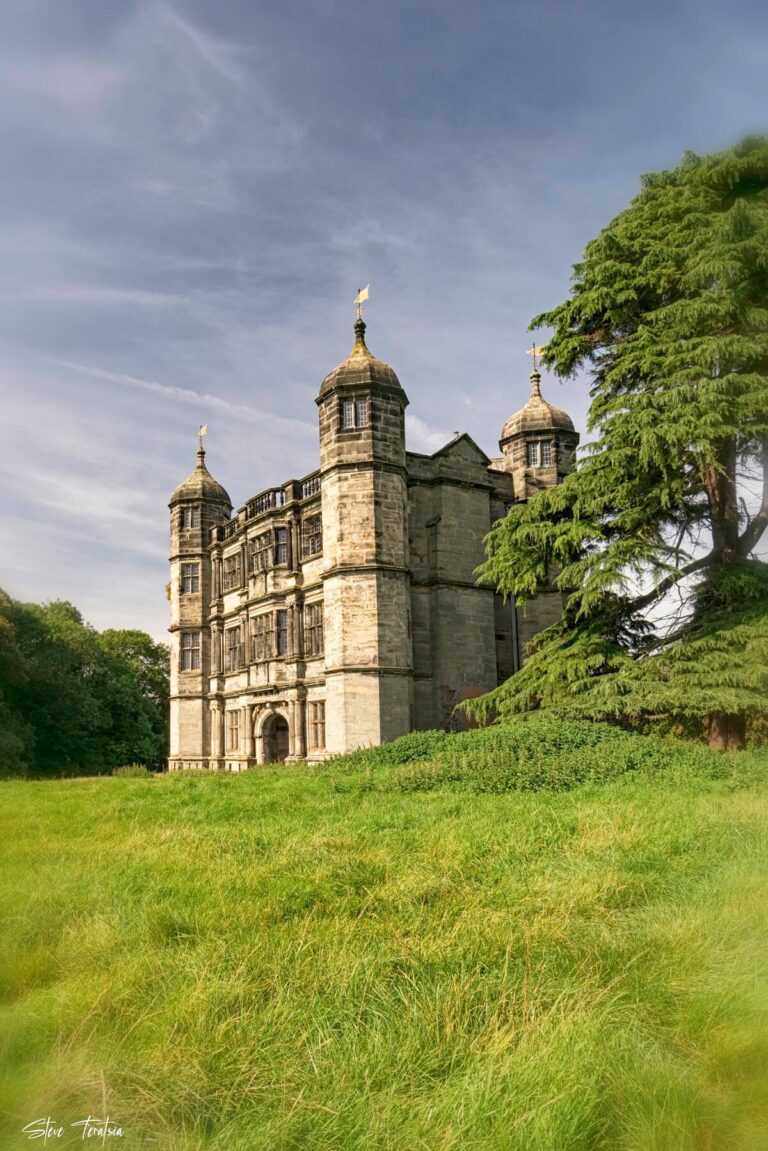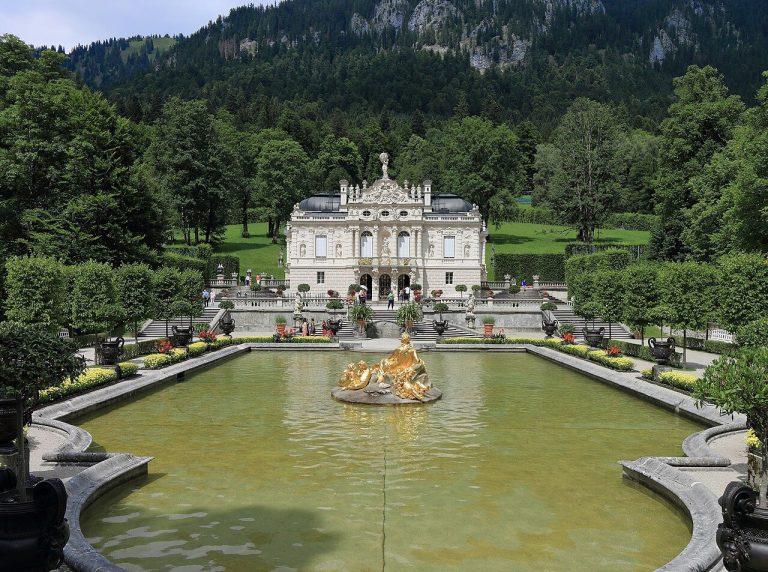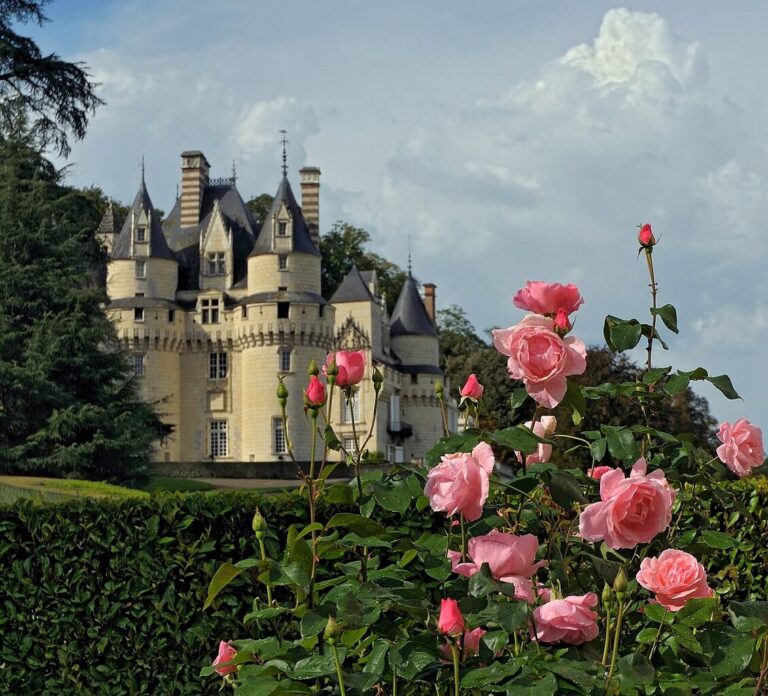Visit the Lavish Palaces of Marie Antoinette
The Last Queen of France, Marie Antoinette is one of the most famous women and royals that has ever lived. And even almost 250 years after her death she is still a fascination for many people as the recent BBC series shows.
At just fourteen, Marie Antoinette (then Maria Antonia, Archduchess of Austria) married the future king of France and moved from her home in Austria to France.
She led an extravagant lifestyle which made her unpopular with the French resident. And the palaces of Queen Marie Antoinette show her lavish lifestyle as well as the rich royal history in her home country Austria and her new country France. From the imperial palace in Vienna to the Queen of all palaces Versailles, Marie Antoinette left a mark on every royal residence she lived in.
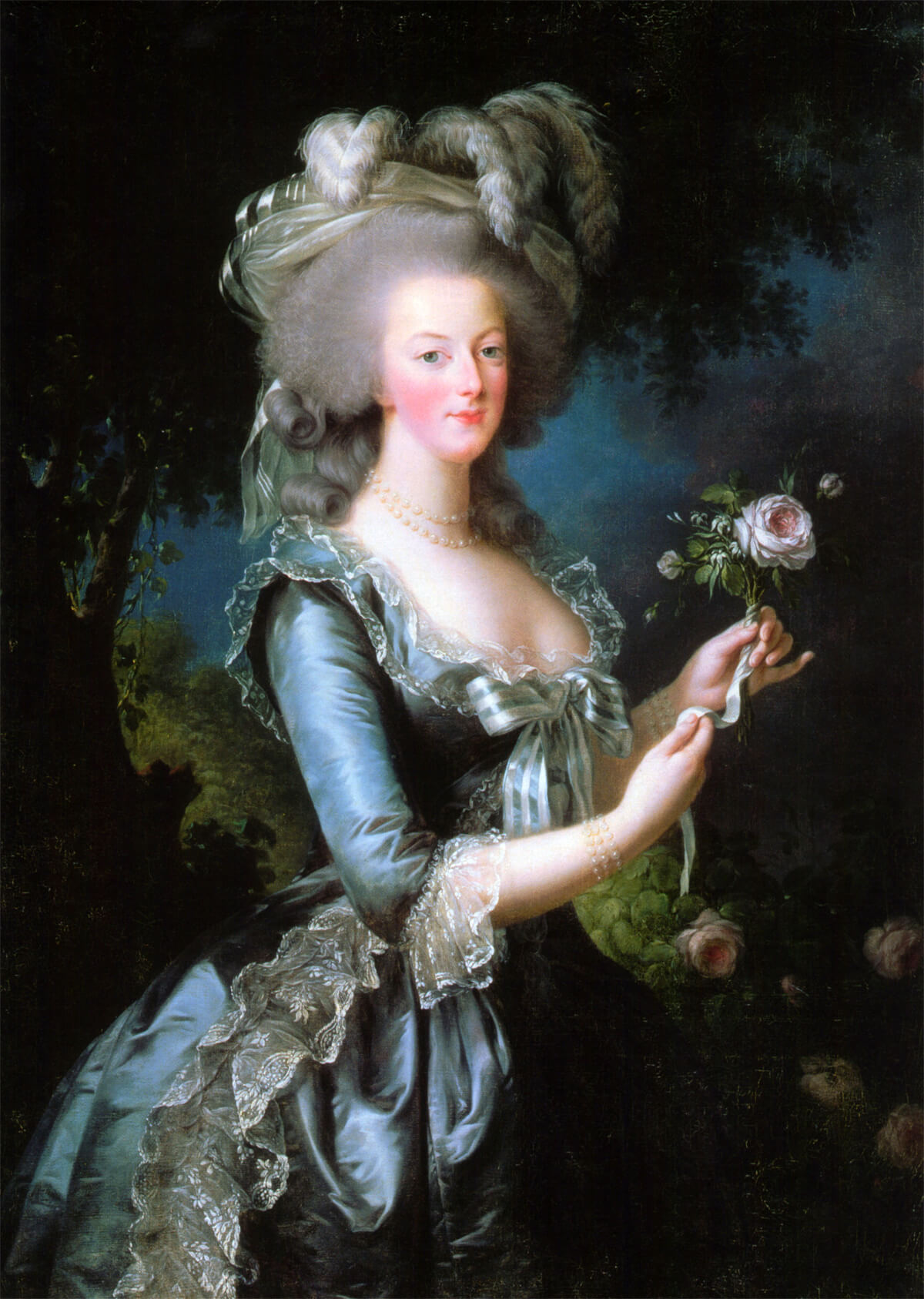
But you won’t only find grand palaces in this article. On the grounds of the Palace of Versailles, you will find a countryside ideal that was specially built for the Queen to step away from the lavish court and be with her most trusted friends.
Many of Marie Antoinette’s palaces are now open to the public. Go back in time and explore the lavish lifestyle of Marie Antoinette and the French monarchs.
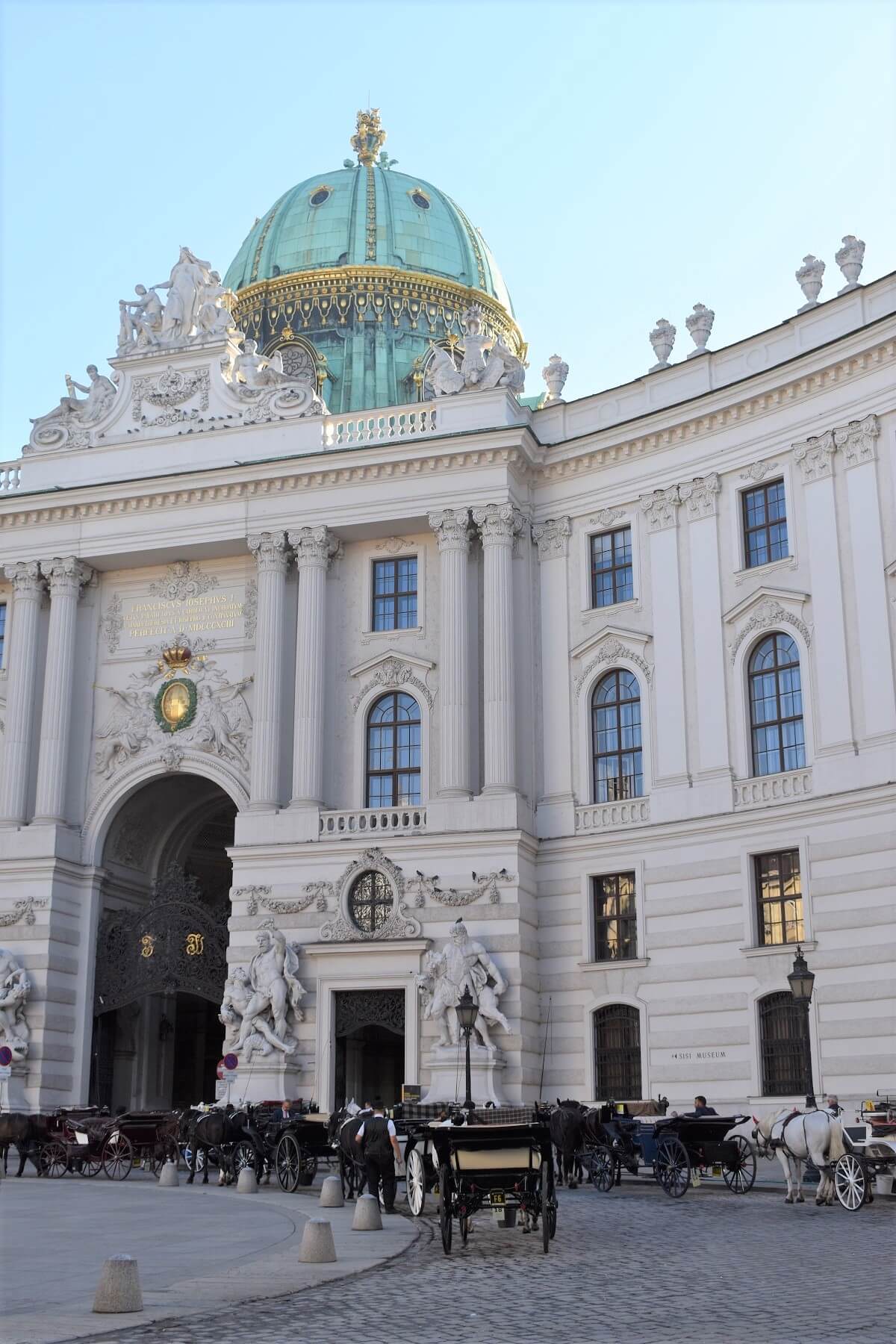
Hofburg Palace: The Palace Where Marie Antoinette Was Born
On November 2nd 1755, Marie Antoinette was born Maria Antonia Josepha Johanna at the Hofburg Palace in Vienna. As the daughter of Empress Maria Theresa, the ruler of the Habsburg Empire, and Francis I, Holy Roman Emperor, it was clear from the start that she would be married in the highest European circles.
The Hofburg Palace, in the heart of Vienna, was used as the principal imperial palace and the Winter Residence of the Habsburg Empire. Originally built in the 13th century, the Hofburg Palace was extended over the centuries creating an enormous palace complex with several residences, am imperial library, a chapel, the Burgtheater, and the Spanish Riding School.
Even though the Hofburg Palace is the birthplace of Marie Antoinette of Austria, it is best known as being the home of Empress Elisabeth of Austria. While visiting the Hofburg Palace you can see the imperial apartments of Sisi and Franz Joseph I among other splendor.
See also: Visit the Grand Palaces and Castles of Empress Elisabeth
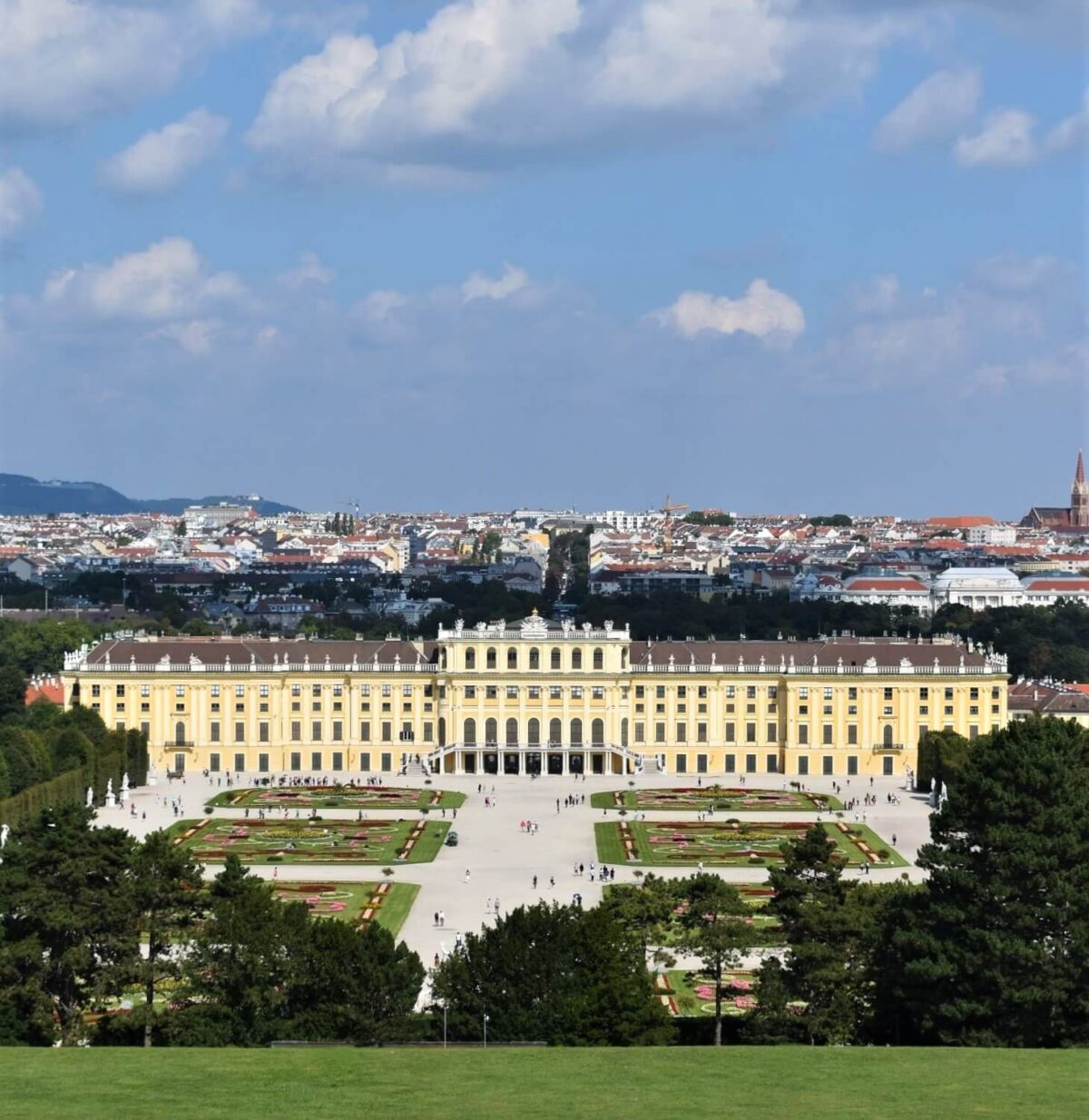
Schönbrunn Palace
Beside the Hofburg Palace in central Vienna, Marie Antoinette also spend much of her childhood years at the Schönbrunn Palace. Schönbrunn is located just outside Vienna and was the official Summer residence of the Habsburg Empire.
Marie Antoinette’s mother, Empress Maria Theresa, was the only woman to hold the position of ruler of the Habsburg Empire in her own right. Though originally built as a hunting lodge in the 17th century, Schönbrunn Palace became the center of court life during the reign of Empress Maria Theresa. She enlarged the palace into a grand Rococo palace to accommodate her large family (she gave birth to sixteen children, thirteen of whom survived infancy).
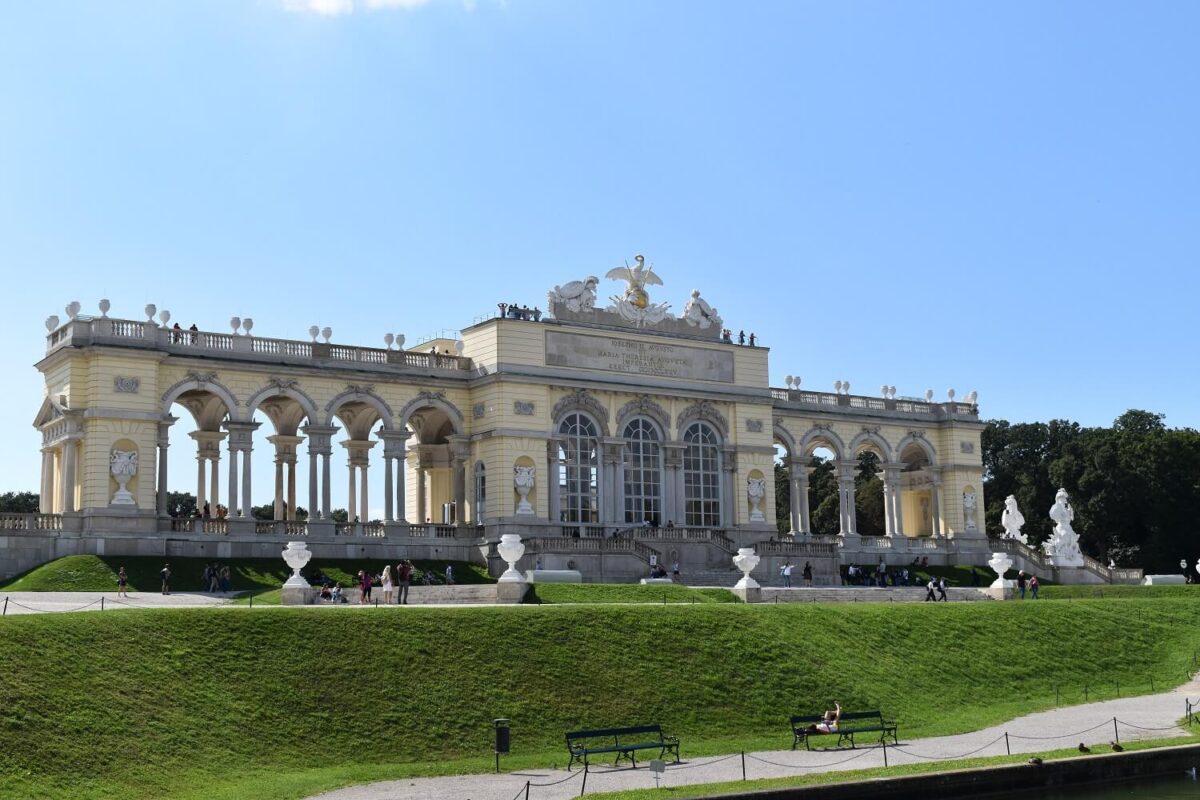
When Maria Antonia, as she was still called then, was seven years old she met Wolfgang Amadeus Mozart at the palace. When it was clear that Maria Antonia would become the wife of the future King of France, she was given extensive tutoring as she lacked a good education.
Forty of the 1441 rooms at Schönbrunn Palace are open to the public, including the rooms that were Maria Theresa’s reign and thus lived in by Marie Antoinette. The estate also consists of gardens, a maze, a Palm house, a vineyard, and a zoo.
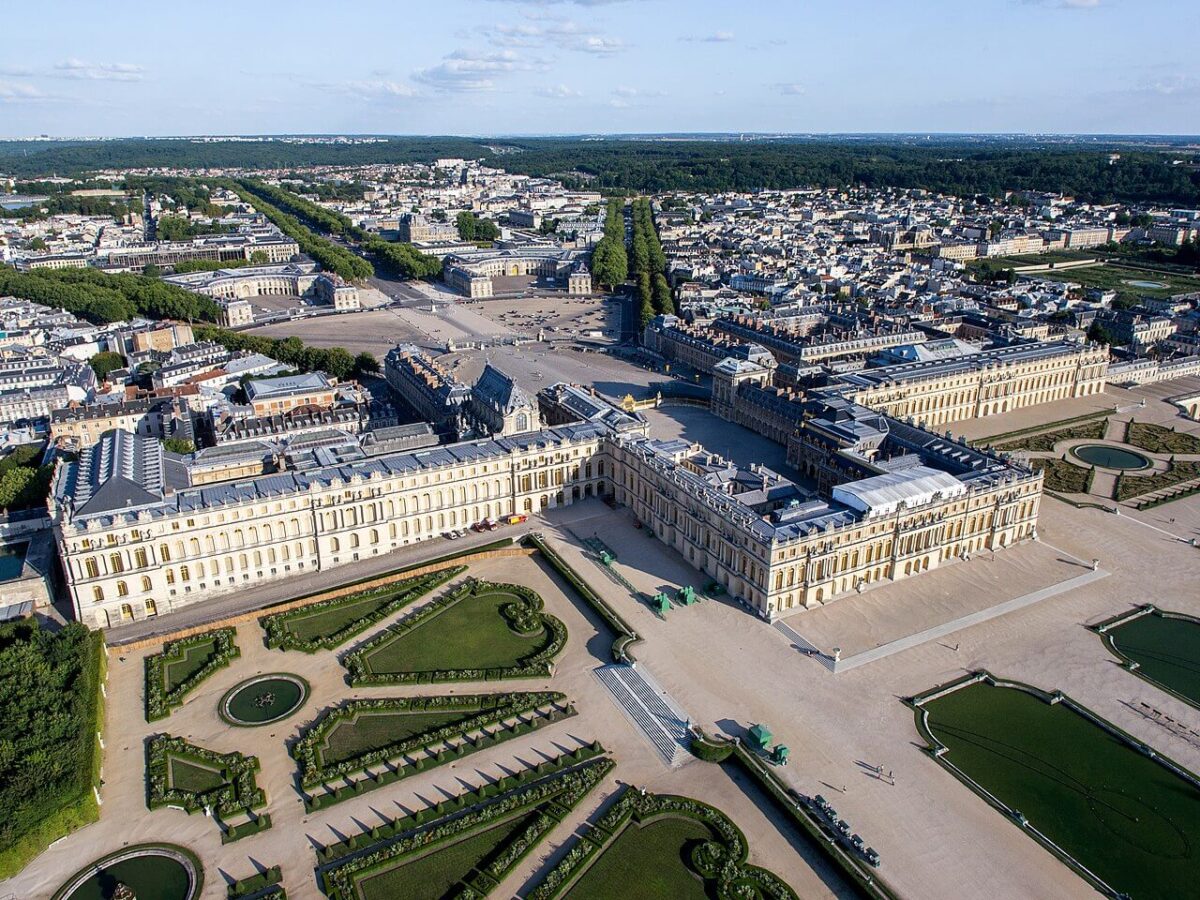
The Palace of Versailles
In May 1770, Habsburg Archduchess Maria Antonia married the Dauphin of France, Louis-Auguste. She met her husband in the forest of Compiègne in the Picardy region of France for the first time. After this meeting, they had a ceremonial wedding at the Palace of Versailles.
Versailles was the seat of the court and government during the reign of King Louis XVI. It was from the balcony of the King’s bedchamber at Versailles that the King, Marie Antoinette and the Marquis de Lafayette looked out over an angry crowd in the courtyard.
The construction of the château de Versailles started in the early 17th century and transformed a hunting lodge into the grand palace we see today. Versailles is a classical masterpiece that influences many palaces in Europe in the 18th and 19th centuries.
The most famous room in Versailles is the Hall of Mirrors which pays tribute to the political, economic, and artistic success of France.
The park of the Palace of Versailles spreads out over 800 hectares and includes the Palaces of Trianon and 93 hectares of gardens.

Petit Trianon
The Petit Trianon is a château on the grounds of the Palace of Versailles. The little palace was built between 1762 and 1768 for Madame de Pompadour, the long-term mistress of King Louis XV. She died before the château was completed and it was then used by Madame du Barry, the last mistress of Louis XV.
When King Louis XVI ascended the throne, he gave the Petit Trianon to his wife Queen Marie Antoinette. She could use the château exclusively and she often stayed there to escape the formal court life and her royal responsibilities. Marie Antoinette also redesigned the grounds surrounding the château. The botanical gardens of King Louis XV were turned into an Anglo-Oriental garden.
During the French Revolution, furniture, art, and other objects were sold at auction and the Greek-inspired building was left in a state of ruin. The château was restored during the reign of Napoleon. In the last few years, the Petit Trianon has been completely restored and you can now visit Marie Antoinette’s apartment through a guided tour or at your own leisure.
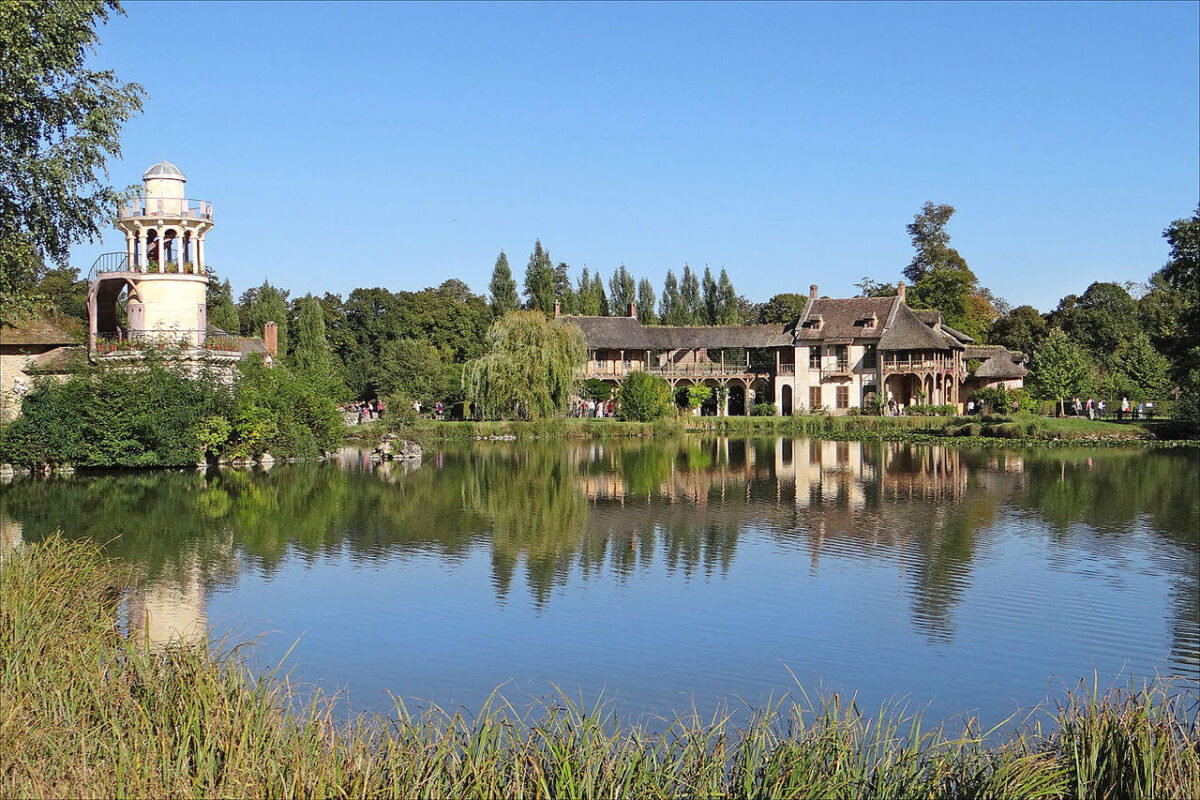
Le Hameau de la Reine
Get a flavor of the countryside within the park of the Palace of Versailles. Queen Marie Antoinette built The Queen’s Hamlet as a rustic retreat to accompany the Petit Trianon. This little piece of countryside at Versailles was a private meeting place for the Queen and her closest friends.
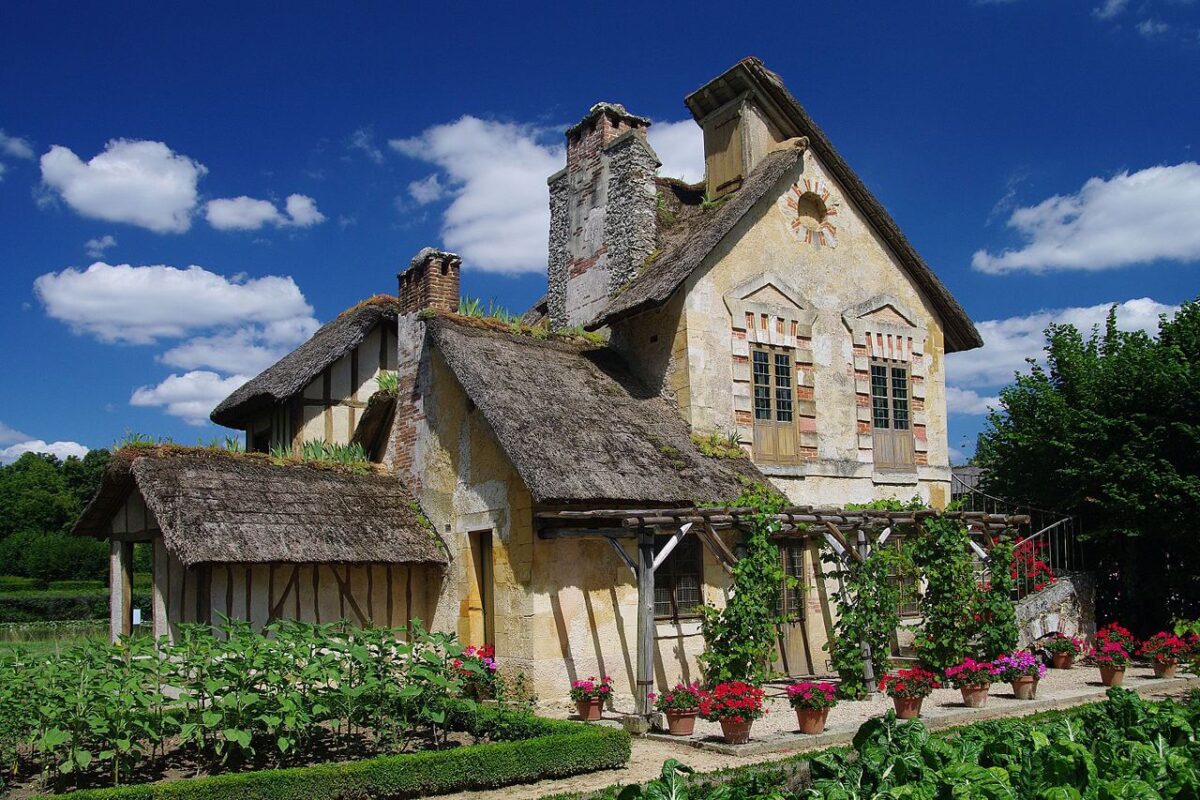
Le Hameau de la Reine consists of a meadowland with a lake and several country-style buildings including a farm and a mill. Some of these buildings burned down during the French revolution. Each building had a garden, an orchard, or a flower garden.
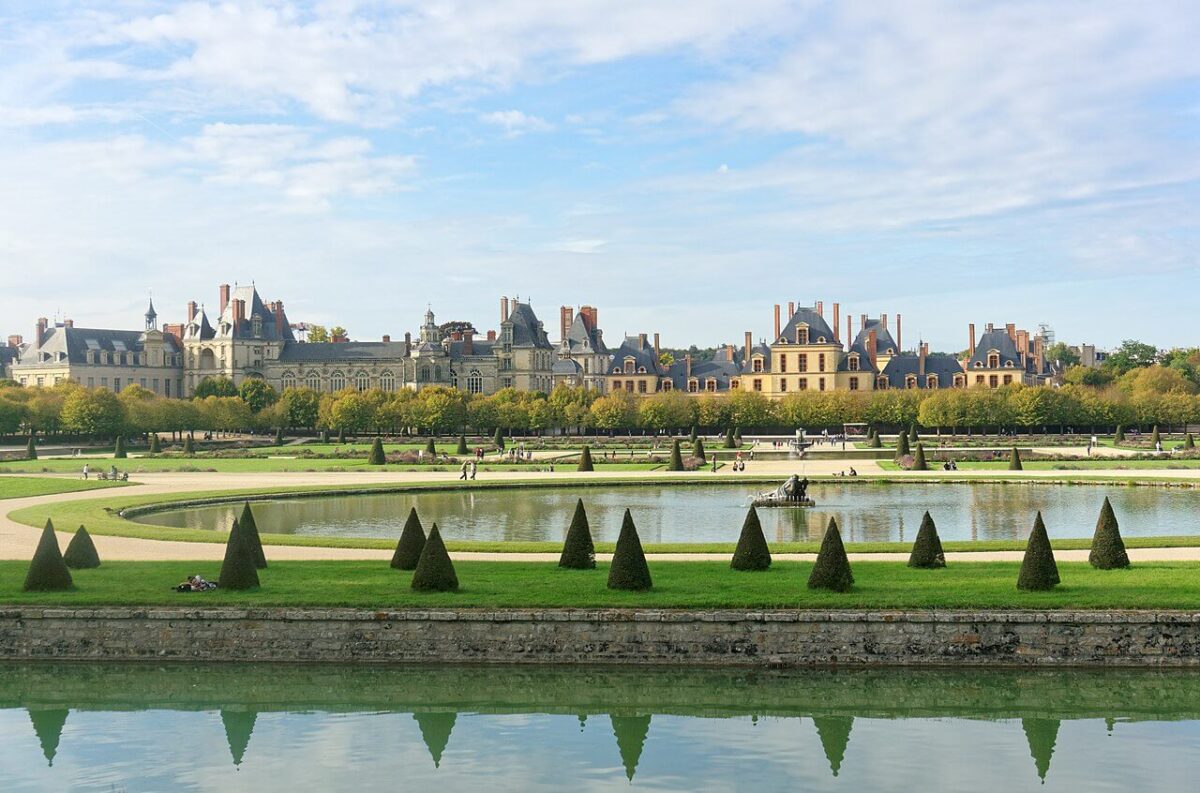
Château de Fontainebleau
The Palace of Fontainebleau is a large royal palace located 55 kilometers southeast of Paris. The palace is one of the largest Royal castles in France and it has been a residence of French Kings and Emperors since Louis VII’s time in the 12th century.
The Medieval castle of Louis VII was transformed into a Renaissance-style palace by architect Gilles le Breton on the orders of King Francis I in the early 16th century. The château truly introduces the Renaissance style to France.
King Louis XVI and Queen Marie Antoinette also spend time at the palace. Marie Antoinette’s apartments were remodeled and a Turkish-style salon was created for her in 1777 as well as a games room, and a boudoir in Arabesque style. In 1786, right before the French Revolution, the couple visited the Château de Fontainebleau for the last time.
The palace shows a combination of architecture and décor styles from the times of France’s greatest monarchs and emperors. From Renaissance frescoes to the lavish rooms of Marie Antoinette and a grand library added by Napoleon III. The palace also houses the Napoleon I Museum.
The palace can be visited through unguided and guided tours. On a guided tour you will also see The Imperial Theatre, the Petits Appartements, Madame de Maintenon’s Apartments, and the Turkish Boudoir.
See also: Visit the Former Royal Palaces in France
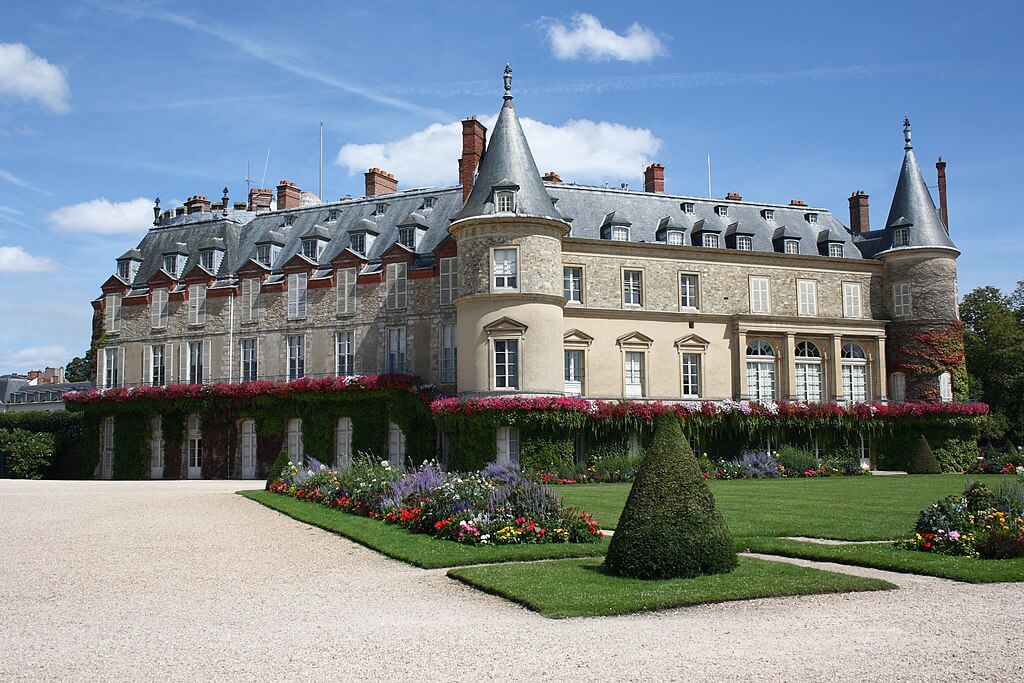
Château de Rambouillet
Rambouillet Castle is a former Royal, Imperial, and Presidential residence located around 31 miles from Paris. The castle was built in 1374, but over the centuries it has been remodeled several times.
In 1783, King Louis XVI bought the palace from his cousin, the Duc de Penthièvre, to extend his hunting grounds. Marie-Antoinette was not very enamored with the castle. During a visit, she supposedly said: “How could I live in such a gothic toad house”. To sway his wife, Louis XVI built the Laiterie de la Reine (the Queen’s dairy) with a little salon. The Dairy demonstrates the splendour of an entire period and an art de vivre widely influenced by the philosophy of the Age of Enlightenment.
The palace is open to visitors. Visit the website for more information.
Marie Antoinette’s Palaces That Have Been Demolished
Not every castle that Marie Antoinette lived in still stands today. In 1789, when Marie Antoinette and her family were driven from the Palace of Versailles they returned to Paris and stayed at the Château de Tuileries. It was from the Tuileries Palace that the Royal couple and their children tried to escape. After a mass in the palace chapel, they tried to reach the Austrian border but they were recognized and brought back to Paris. The palace was set on fire in 1871 which completely ruined the former Royal residence.
The Jardin des Tuileries that was created by Catherine de Medici still stands and follows the design that was laid out by the royal landscape architect André Le Notre. The Tuileries Garden lies between the Louvre and the Place de la Concorde and is now a public garden in central Paris
Château de Saint-Cloud was located on the Seine, around 3 miles west of Paris. The palace was another favorite residence of Marie Antoinette as he thought that the air there was good for her children. It was at this palace that Marie Antoinette had the interview with Mirabeau.
